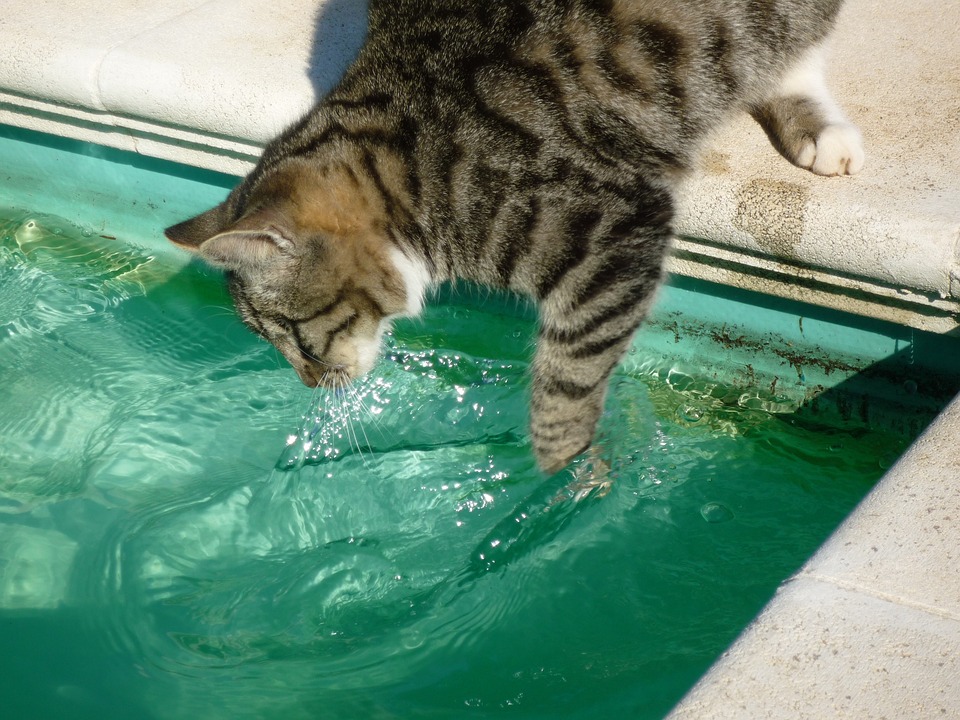Maintaining a Well-Balanced Fish Tank with Angelfish: A Comprehensive Guide
Creating the Perfect Habitat for Your Angelfish
Angelfish are a popular choice among aquarium enthusiasts, known for their graceful appearance and vibrant colors. To ensure their well-being and longevity, it is crucial to maintain a well-balanced fish tank environment. In this article, we will explore the essential steps and considerations for setting up and maintaining a harmonious habitat for your angelfish.
Setting up the Ideal Tank Environment
1. Selecting the Right Tank Size: Angelfish require spacious tanks to thrive, preferably a minimum of 20 gallons for a single angelfish. Larger tanks are recommended for multiple angelfish or if other fish species are present.
2. Choosing the Ideal Tank Location: Find a suitable location away from direct sunlight and drafts to prevent temperature fluctuations and excessive algae growth.
3. Providing Adequate Filtration: A high-quality filtration system is essential to maintain water quality and remove harmful substances. Consider a filter that provides both mechanical and biological filtration for optimal results.
4. Optimizing Water Parameters: Angelfish thrive in slightly acidic water conditions. Aim for a pH level between 6.5 and 7.5 and maintain a water temperature between 76°F and 82°F.
5. Adding Substrate and Decorations: Use fine-grained substrate to mimic their natural habitat and provide hiding spots. Incorporate driftwood, rocks, and plants to create an aesthetically pleasing and stimulating environment.
Maintaining Water Quality
1. Regular Water Changes: Perform weekly water changes of approximately 25% to remove accumulated toxins and pollutants, ensuring a clean and healthy environment for your angelfish.
2. Testing Water Parameters: Regularly test the water parameters using reliable test kits to monitor pH, ammonia, nitrite, and nitrate levels. Adjust as necessary to maintain optimal conditions.
3. Managing Algae Growth: Algae growth is common in fish tanks but can be controlled by reducing light exposure, maintaining proper filtration, and introducing algae-eating fish or snails.
Feeding and Nutrition
1. Choosing Nutritious Food: Offer a varied diet of high-quality flake, pellet, or frozen foods specifically formulated for angelfish. Supplement their diet with live or frozen brine shrimp, bloodworms, or daphnia for added nutrition.
2. Feeding Frequency: Feed your angelfish small portions two to three times a day, ensuring they consume the food within a few minutes. Overfeeding can lead to poor water quality and health issues.
FAQs (Frequently Asked Questions)
1. Can angelfish be kept with other fish species?
– Angelfish can coexist with peaceful community fish such as tetras, gouramis, and corydoras. However, avoid keeping them with aggressive or fin-nipping species.
2. How many angelfish can I keep in a tank?
– It is recommended to keep angelfish in pairs or small groups of five or more, in a tank size of at least 30 gallons. Larger tanks can accommodate more angelfish.
3. Why do angelfish require hiding spots?
– Angelfish are naturally shy and appreciate hiding spots to feel secure. Providing decorations and plants will help reduce stress and promote natural behavior.
4. Are angelfish compatible with live plants?
– Yes, angelfish generally coexist well with live plants. However, they may occasionally nip at delicate or long-leaved plants. Choose hardy plant species that can withstand their presence.
By following these guidelines, you can create a well-balanced fish tank environment for your angelfish, promoting their health, happiness, and vibrant beauty. Remember to monitor water parameters regularly, provide a nutritious diet, and offer a stimulating habitat to ensure a thriving angelfish community in your aquarium.









